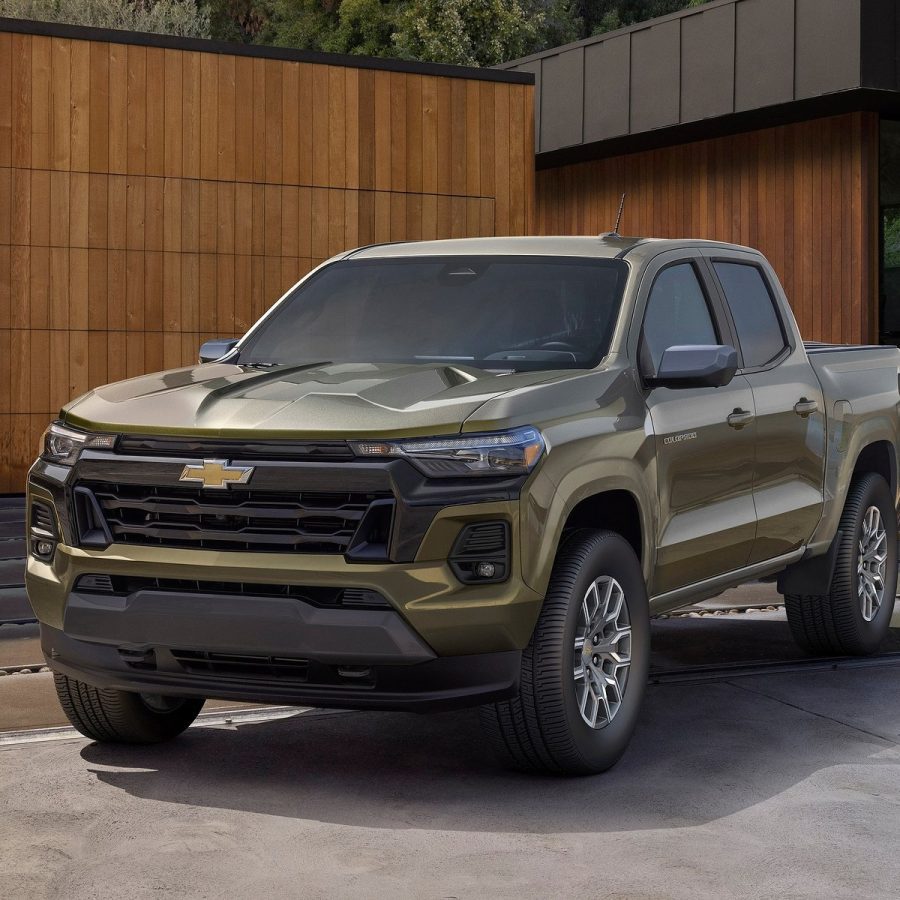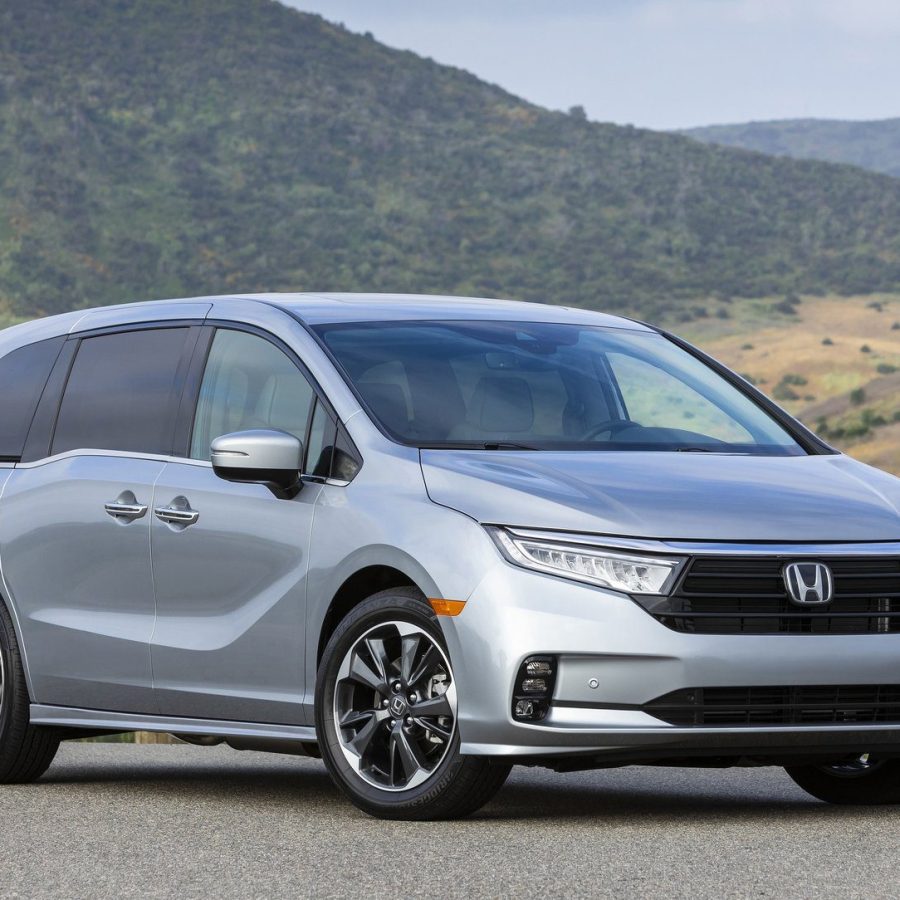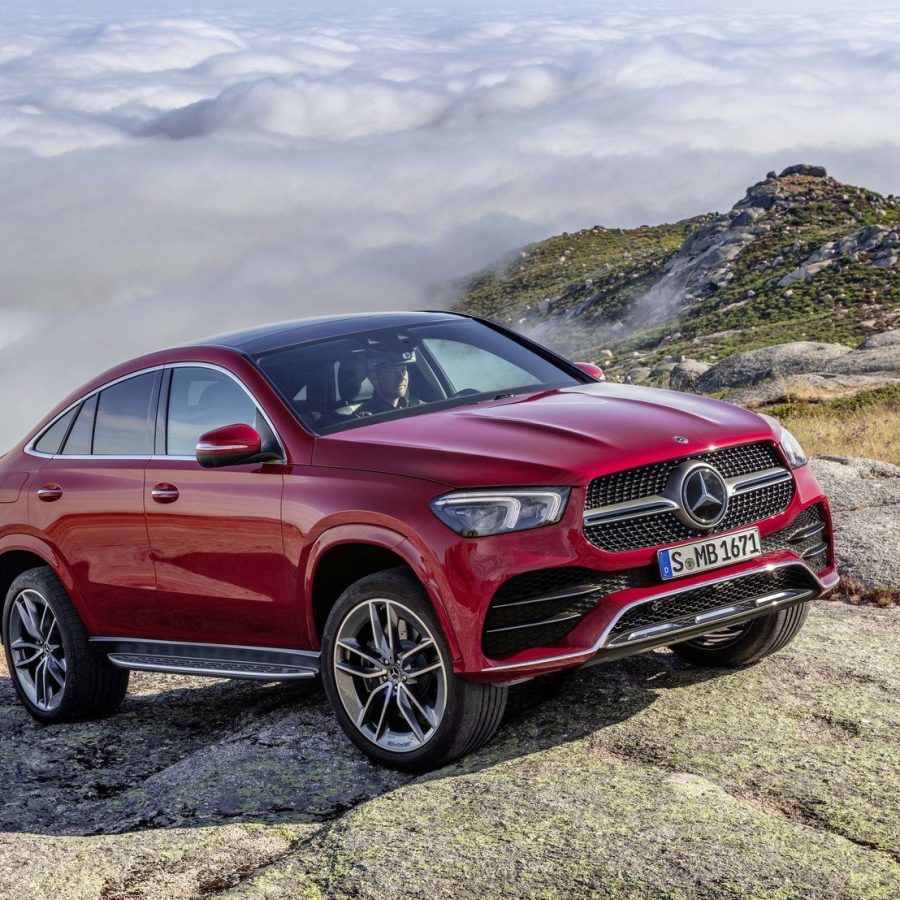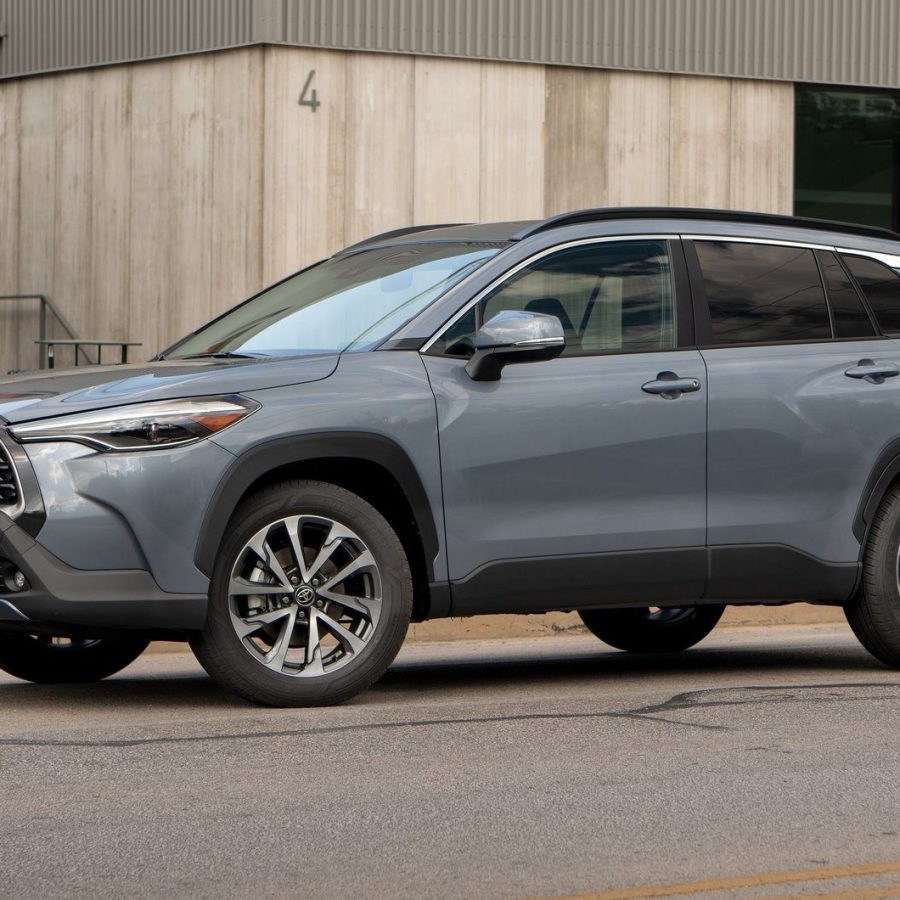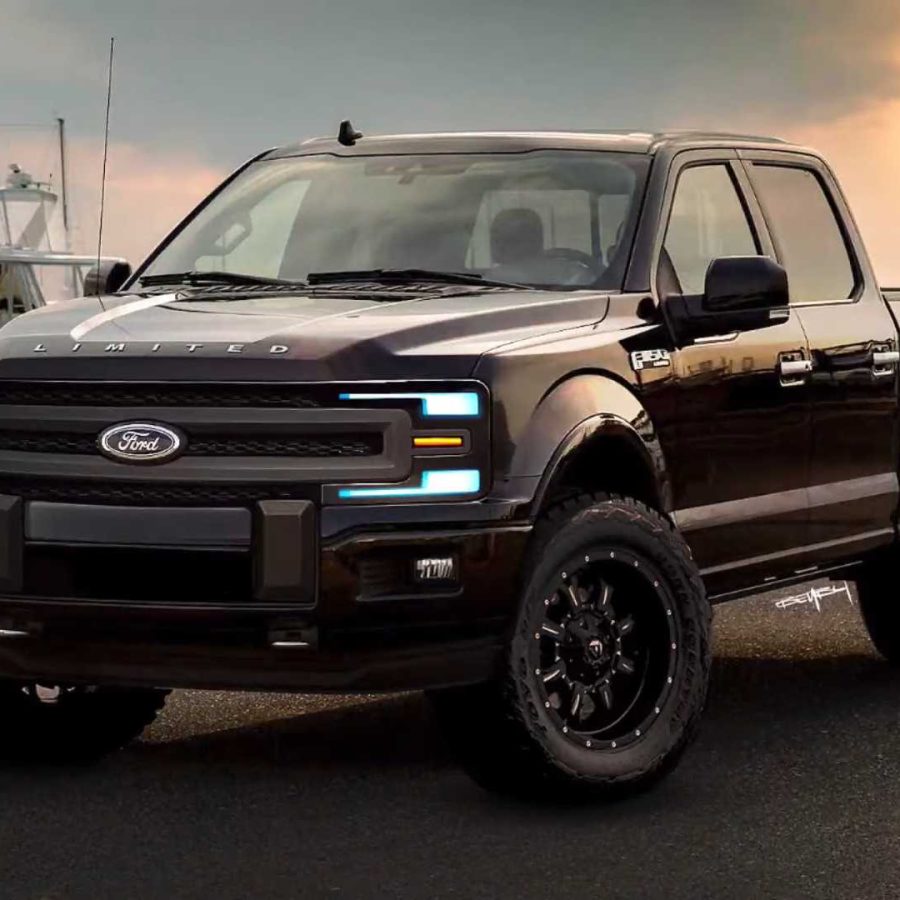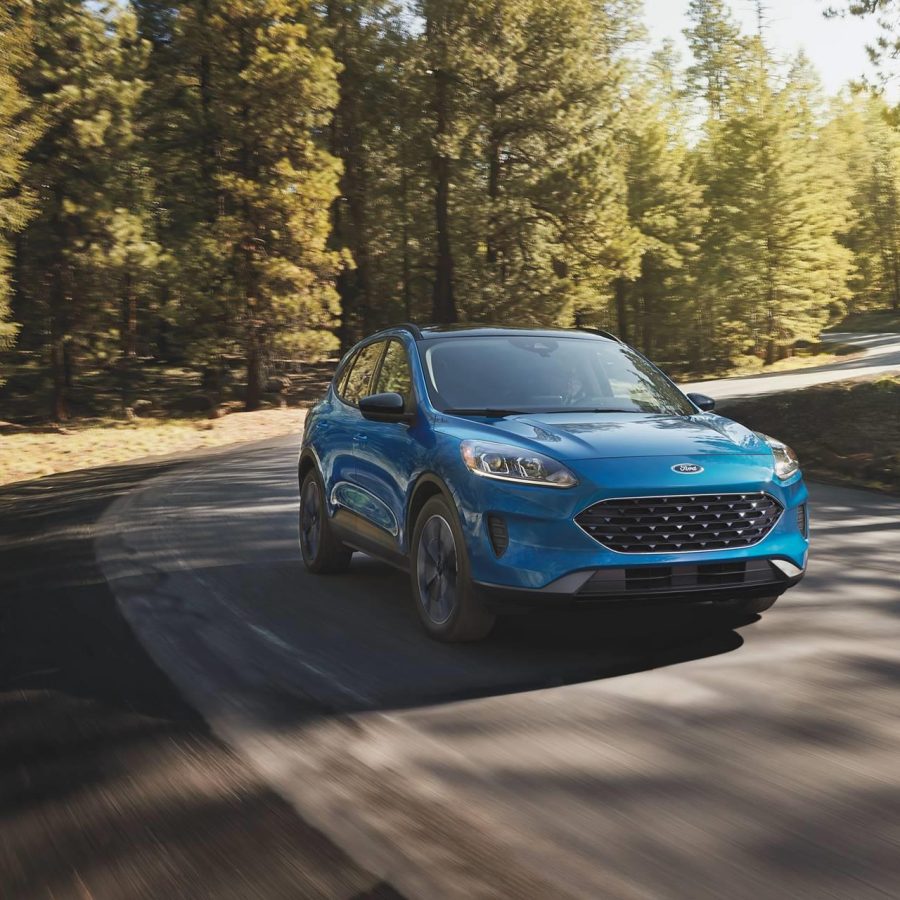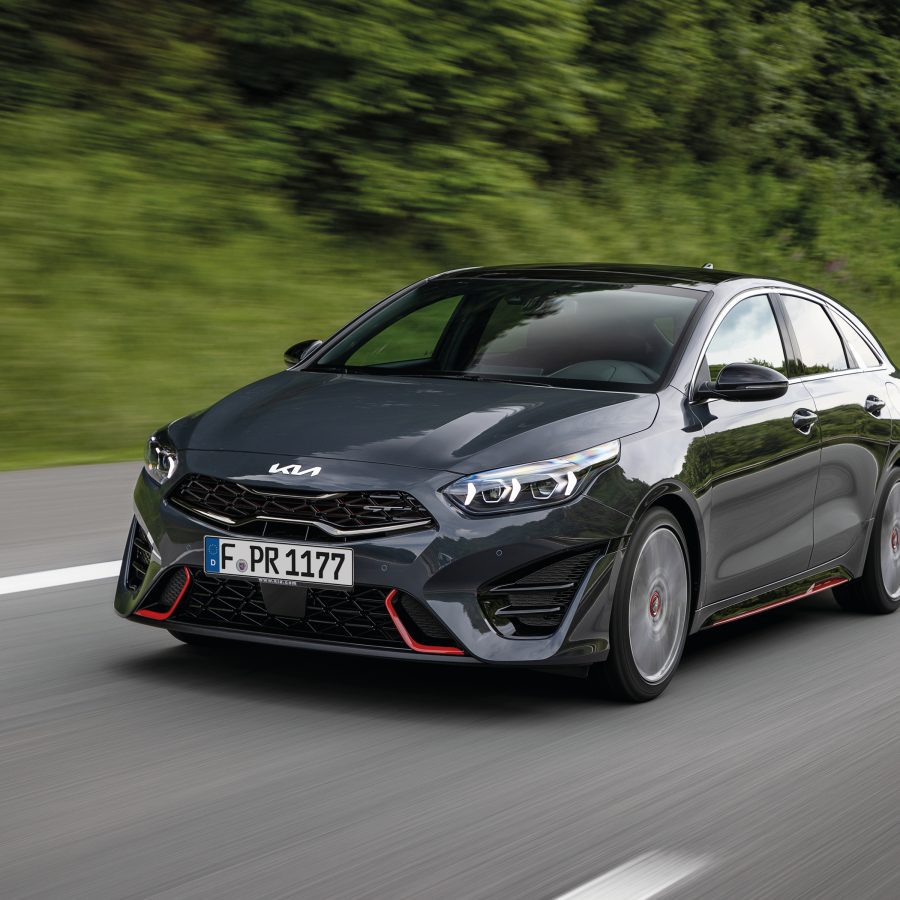2021 Canada Automotive Sales Research
As vaccination campaigns ramped up throughout the country and lockdown restrictions began to ease, consumer confidence slowly started to rebound. However, the automotive market didn't immediately bounce back to pre-pandemic levels, reflecting ongoing economic uncertainties. The automotive industry worldwide faced a significant disruption due to microchip shortages, and Canada was no exception. This shortage impacted vehicle production, leading to reduced inventory at dealerships and, in some cases, longer wait times for vehicle deliveries. The digital trends that accelerated in 2020 due to the pandemic continued in 2021. Online vehicle shopping, virtual consultations, and home deliveries became more ingrained in the buying process, even as physical dealerships reopened. The Canadian market's appetite for SUVs, crossovers, and trucks remained robust, continuing the trend seen in previous years. These vehicles dominated sales charts and new product launches. There was a noticeable acceleration in the move towards electric vehicles (EVs) in 2021. This was supported by both government incentives and a significant number of new EV model launches. Automakers announced more ambitious electrification plans, signaling a long-term commitment. With new car inventories constrained due to production challenges and microchip shortages, the used car market saw increased demand. This demand surge led to rising used car prices in many segments. With the economic impacts of the pandemic still lingering, many consumers remained cautious about large expenditures. Extended financing options, deferred payment plans, and other financial incentives were frequently offered by automakers to entice buyers.


